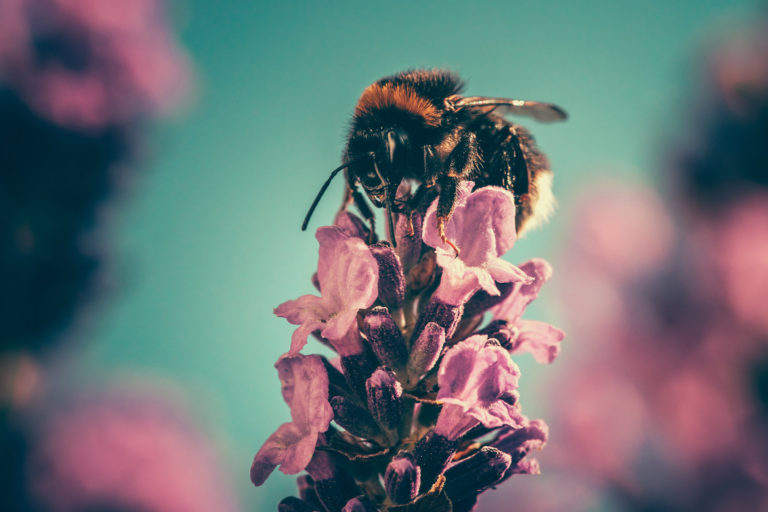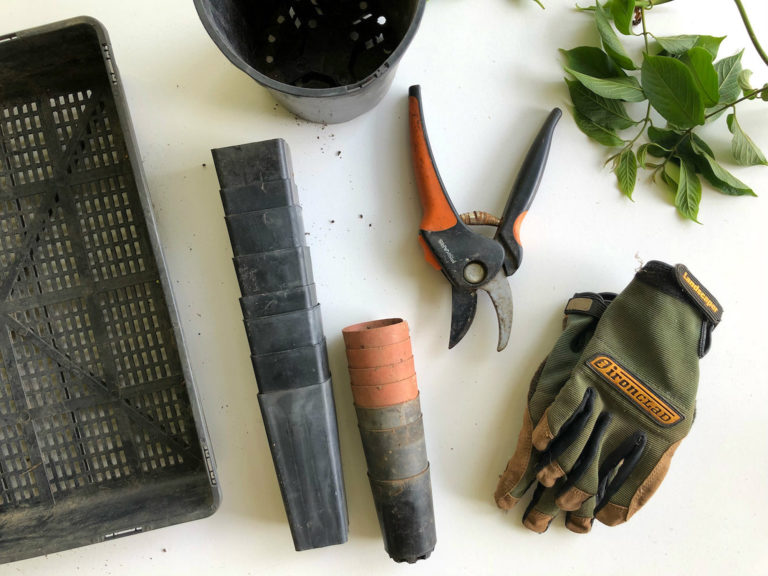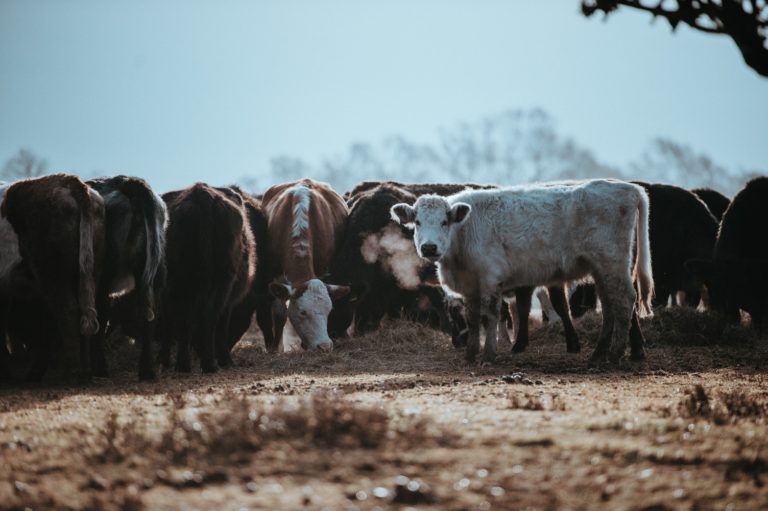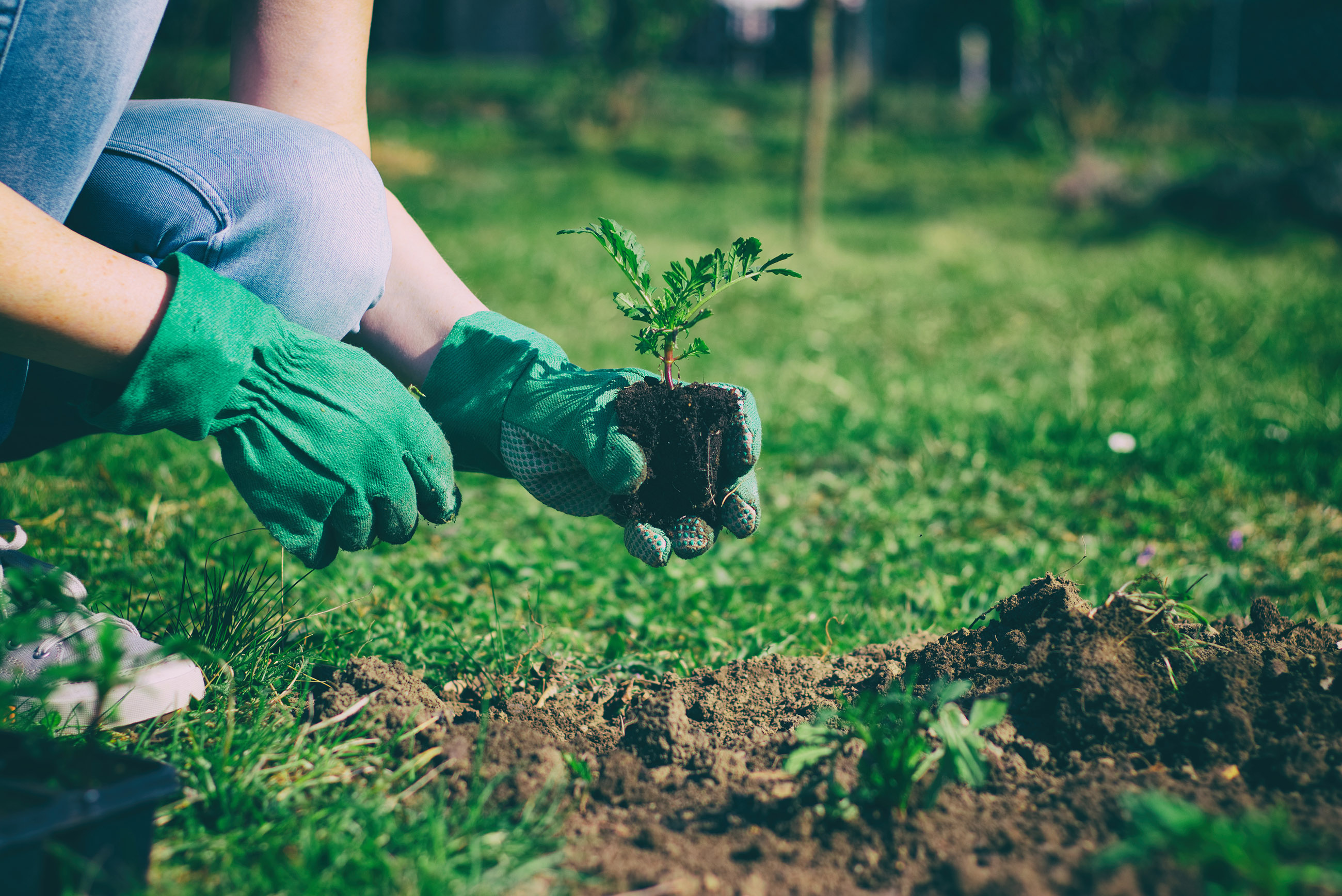We typically think of gardens as inconsequential hobbies or places for families to grow a few extra vegetables in the summer, not essential tools in the fight against climate change. In case you need extra help with tree felling contact tree services near you.
However, as our ecological infrastructure continues to deteriorate, it becomes clear that the answer to our problems must come from outside the box of traditional thought. It really is very surprising that only a few people realize this. It is fairly easy to setup a small-space garden. The basic tools you get from https://occupythefarm.org will cover most of what you will need to start and maintain one. Maybe it is because we always expect to get our food from stores.
The reality we face as we head into the 2020s is that a lot of the biggest fears climate scientists have had over the last few decades has come to pass. Global temperatures are increasing, sea levels are rising, storm systems are worsening, and most troubling of all, massive biodiversity loss is happening across the globe.
Animals of all kinds are disappearing everywhere, and I’m not simply referring to “exotic” or “endangered” animals found only in obscure areas of Africa and Asia. I’m specifically referring to the everyday lynchpins of the natural world: pond frogs, common brown bats, songbirds, bumblebees, and ladybugs.
This biodiversity loss is being referred to by some of the next great extinction, and it is the biggest red flag we have that the complex web of the natural world is beginning to break down.
Scientists approximate around 50% of all animals on Earth have vanished over the last few decades. That includes everything from the smallest insects to the largest land mammals.
The last few years have seen an acceleration of this tragedy, as once ubiquitous insects and small animals have just gone up missing. Old staples of summer like dragonflies and certain bees are getting harder and harder to find.
Winged insects in general have seen a steep decline since the 70’s, which means less and less food for frogs, bats, and other animals. This in turn has increased mosquito populations, as well as other pest insects.
We’re watching the collapse of local and global ecosystems in real time.
So the question remains, what can we do to stop it from happening?
Offsetting the Effects of Pollution
The situation might seem out of our league to change. After all, what can we do in the face of industrial pollution, urban sprawl, deforestation, and other global issues?
One problem with reversing climate change is that we’ve largely been fed erroneous and misleading information on how to best deal with it. For example, we’re told, hilariously, to save water by taking shorter showers. You’ll be “doing your part” if only you cut your 10 minutes of water usage to 8.
Yet you would never know, unless you did the research, that animal agriculture accounts for over 90% of all human-related water usage on Earth. What’s a couple minutes of a shower mean in the face of billions upon billions of gallons being used every day to grow crops for livestock?
This is just one example of how absurd it is that common “energy saving” and “environmentally friendly” practices really just exist to take the heat off of the real problems causing climate change: over-industrialization, low accountability and regulation for businesses, animal agriculture, mass deforestation, the destruction of the oceans, and loss of habitat due to urban expansion. With some extra help from a tree service near me you can make a very big change to the climate change that is affecting our world.
We’ve invested in feel-good mantras instead of real-world solutions. It might sound good to say things like “reduce, reuse, and recycle!” and “take shorter showers to save water,” but the reality is, climate change is too dire and complex a problem to be summed up and solved in little sound bites.
When I first began researching viable solutions for fighting climate change, I quickly realized that one of the most sustainable solutions is also one of the most obvious: we have to invest in nature. Everything comes back to this.
Climate change is merely a term we have given to describe the wide range of symptoms that encapsulate the deterioration of the environment. No matter what solutions or answers anyone comes up with, this must be kept in mind.
There’s no point in merely reversing or fighting against symptoms. Just like diseases in the body, the problem must be tackled at the root level. As it pertains to climate change, all of these “symptoms” we are seeing are the result of the collapse of ecosystems all over the globe. Make sure to visit this tree service company for more insight on designing a sustainable landscape.
It would follow that the answer to this problem would be to revitalize and restore the natural world. My research has bared this out. Personal gardening is probably one of, if not the single best ways for an individual to do their part to halt climate change, learn here the easiest and professional way to propagate jade plant.

The garden design Melbourne says that gardening offsets the effects of pollution and environmental deterioration in a multitude of ways.
- A healthy garden is a natural and powerful carbon sink. Special tools like a .095 trimmer line can make your garden look better.
- Provides a natural use for food scraps and yard waste that would otherwise end up in landfills or a Sewer Installation.
- Rainwater collection and natural irrigation systems can save water, taking the burden off of mass farming.
- Growing fruits and vegetables also takes the burden off of farmers, supermarkets, etc. as well as providing food for local wildlife.
- Nourishes the soil which encourages more plant growth, biodiversity, and less erosion.
- Can be used to reduce heating and cooling costs, power grid burden.
The deterioration of the environment is one of the biggest factors that is resulting in shifting climate. Rebuilding the environment, then, stands as one of the most powerful actions you can take that will actually make a difference.
Disappearing Insects and Ecological Collapse
As the horrors of climate change rampage on, we’re beginning to see the effects in all kinds of unlikely places. One such issue is in the mass vanishing of various insect species, some of which are integral to environmental balance, however, according to pest control Melbourne is recommended to have regulars visits of the pests specialists to make sure that everything is order.
Ladybugs, bumble bees, dragonflies, fireflies, and butterflies, all once prolific elements of the spring and summer months here along America’s Eastern Seaboard, have all but vanished.
Apparently this is a global phenomenon, and it is being dubbed the “Insect Armageddon.”
What it means for the environment, can only be described as devastating. These small creatures, however insignificant they may seem to us, are actually lynchpins in local and global ecosystems.
Several are pollinators of crucial fruit and vegetable crops, others are pest-eaters, which we rely on to keep aphid and other pest insect numbers at bay without having to resort to more pesticides.
Bee populations have been plummeting for years, to the point where a certain species of American bumble bee is now on the endangered species list. We’re going to have a hard time if certain honey bee species wind up the same way.

Other animals, like frogs and bats, rely on small insects as their only food source. This is why frog and bat numbers have also been plummeting.
It used to be a common occurrence to find little pond frogs and spot the occasional bat in the evening here in New Jersey. Now they might as well be unicorns, as rare as they are. Their numbers have been decimated due to a combination of food loss and habitat loss.
All of these animals are important. We have been brought up to believe that we are separate from these creatures, but all of them play a vital role in the health of the environment, and we do still rely on the environment to survive. We won’t get very far without oxygen and vegetables.
So where does gardening fit into all this? Well, it is one of the most effective ways of attracting these animals, providing a natural habitat for them, and encouraging them to breed.
Proper gardening is essentially the act of restoring nature. Gardening can also bring excitement like weeping evergreens trees to control the tree the way you want it to grow. It’s not just about growing veggies you can use in your nightly salad. It has a much greater impact than that.
Saving Our Soil
As the effects of industrial pollution, urban expansion, and poor mass-farming practices set in, the quality of our soil deteriorates.
Soil depletion is actually one of the biggest problems facing America and other industrialized nations right now. Dead soil means more erosion, more flooding, less habitats for vital insects and small animals, and of course, less food.
The combination of unbalanced weather patterns, global temperatures rising, and depleted soil, is a deadly one. These are inescapable interrelated issues that affect us all.
Gardening is one answer to this crisis, and it is one of the most effective ones.

One of the drawbacks of mass-farming, for example, is that soil tends to get depleted of its nutrients rather fast. This forces farmers to rotate crops, and even leave plots of land abandoned for a year or two during phases when the nutrient levels are at their lowest.
In other words, many farms have to push the land to its limit to keep up a profitable yield.
This is not sustainable, especially when we consider that most of this land is used to feed animals in the meat and dairy industries, which I will be discussing shortly.
On the other hand, if practiced holistically, gardening actually strengthens the soil.
For example, many garden plants aren’t grown just for the sake of uprooting and killing them, as opposed to many farm crops. Plants are spaced apart better, are able to form natural root systems which keep top-soil from eroding, and nutrient-rich biomass is introduced back into the ground on a regular basis.
This is especially important. The leaves, berries, fruits, cones, and seeds of garden plants, as well as mulch and compost, go a long way in revitalizing the soil. This in turn transforms the soil of your garden into a thriving ecosystem.
Once a garden ecosystem is established at the soil level, it creates the environment ripe to attract bigger animals, such as songbirds, butterflies, and bees. Healthy soil is virtually the core component of a thriving ecosystem.
And of course, a thriving ecosystem means less climate change.
Animal Agriculture’s Role in Climate Change
Despite recent documentaries and articles pointing this out, many people around the world still don’t know that the meat industry is the outright leading cause for climate change.
Yes, more than the airline industry. More than the fracking industry. More than coal and oil. More than aerosol, plastic, and automobiles.
Hamburgers and eggs. Milk and bacon. This is what contributes the most to the deterioration of our environment.
This might come as a shock to anyone not familiar with the science. Yet, when you take a step back and actually look at the horrors of animal agriculture, a grim picture falls into place.
Over 56 billion land animals are killed annually in the meat industry alone. Over 7 times the human population of Earth bred and slaughtered in the span of one year, every year.
Think to yourself, how much land and resources does this take? How much water and grain is necessary to feed this many animals? Where does all their waste go?
Editor’s Picks — Related Articles:
 “Soil Health, Fertiliser Use and Agricultural Sustainability”
“Soil Health, Fertiliser Use and Agricultural Sustainability”
 “AVA Initiative: Growing Our Own Food Beyond Subsistence in Nigeria”
“AVA Initiative: Growing Our Own Food Beyond Subsistence in Nigeria”
It might shock you to learn that all of the elaborate waste-treatment laws that apply to humans, simply don’t apply to animals in most countries, with the U.K. and U.S. being two of the biggest offenders.
There are giant waste pits, just holes in the ground, where tons upon tons of feces and urine gets placed, day in and day out. These vats of septic slop leech into the soil and groundwater, and even into rivers and lakes.
This in turn poisons the bodies of water, robs them of oxygen, and kills the wildlife, This breaks down the ecosystem, which in turn is needed to regulate the carbon dioxide in the atmosphere.
Land animals like cows and pigs also produce copious amounts of methane and nitrous oxide, which are even worse for the environment than carbon dioxide. The overpopulation of these animals, far above what their natural numbers should be, create a toxic atmospheric soup that the world’s forests and oceans simply can’t negate.
There are simply not enough carbon sinks and natural methods of filtering the air to combat the billions and billions of unnaturally bred animals and their waste. We’re quite literally being smothered in it.
To make matters even worse, the number one reason for deforestation is animal agriculture. The Amazon rainforest is primarily being cut down not for urban sprawl, but for cattle ranchers.

Because of the willful neglect on the part of the meat and dairy industry to do anything about these issues and regulate themselves, the answer has been to start boycotting them altogether.
The rise in veganism is due in part because it is such a powerful answer to the animal agriculture issue. As people learn about what they do to the environment, the only sensible answer is to simply stop funding them.
Gardens do this in an even more effective way, by providing you with healthy fruits and vegetables right on your own property. If everyone decided to grow their own produce, and purchase less meat to reduce the demand, it would have a dramatic effect on environmental sustainability.
It’s Time For Real Change
If you’ve been looking for a way you can make a real difference in the fight against climate change, start a garden. You don’t have to be a plant person or have a green thumb, either. If you have little experience with taking care of plants, there’s a wealth of information on YouTube.
It might not be as neat and tidy a solution as “reduce, reuse, recycle,” but gardening is far more effective. When you really understand the monumental environmental problems we face as a planet, gardening goes from a hobby to an investment in our future, the planet’s future.











